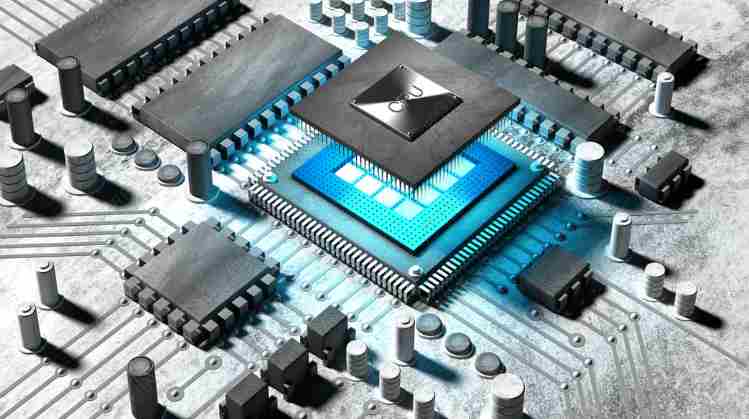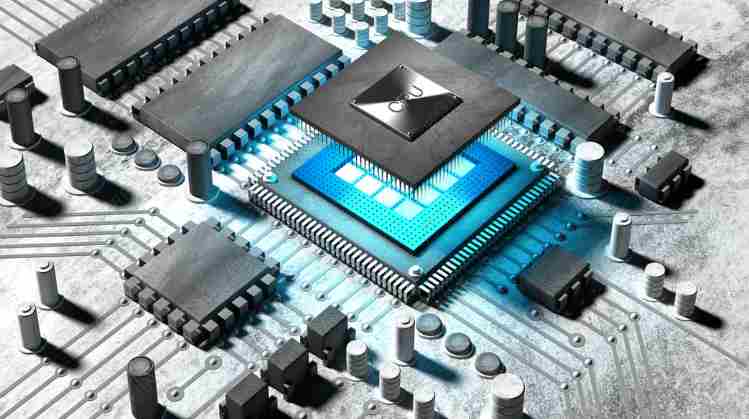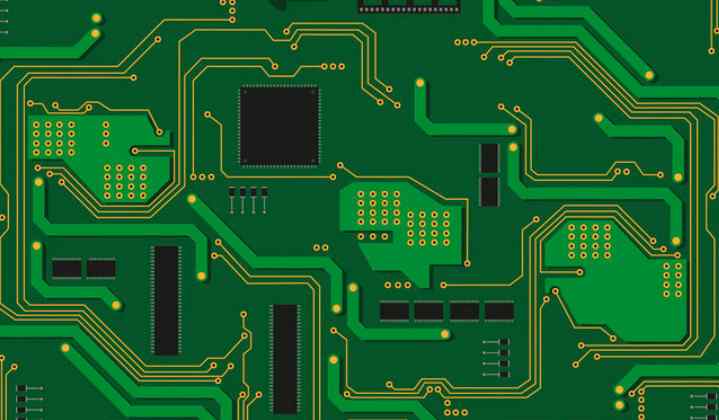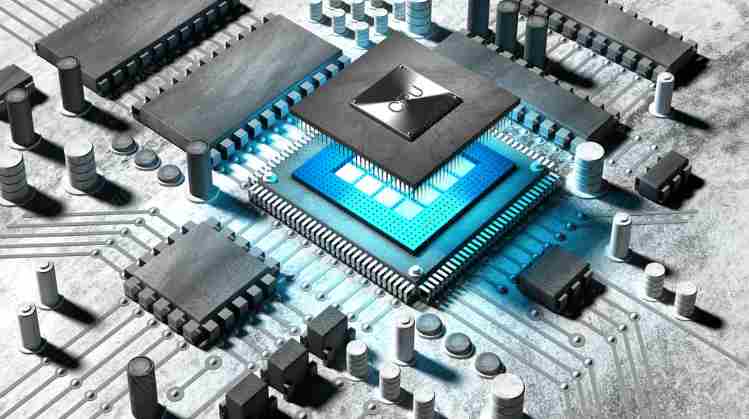
When designing PCBS with RF components, a reliable ground layer should always be used. The aim is to establish an effective 0V potential point in the circuit so that all the devices are easily decoupled. The 0V terminal of the power supply shall be directly connected to the cable layer here. Because of the low impedance of the ground layer, there will be no signal coupling between the two nodes that have been decoupled. This is important when the amplitudes of multiple signals on the board may differ by 120dB. On a surface-mounted PCB, all signal wiring is on the same side of the component mounting surface and the ground layer is on the opposite side. An ideal ground layer should cover the entire PCB (except below the antenna PCB). If more than two layers of PCB are used, the ground layer should be placed on the layer adjacent to the signal layer (such as the layer below the component surface). Another good approach is to fill the spare parts of the signal wiring layer with ground line planes as well. These ground plane planes must be connected to the main ground plane through multiple through-holes. It should be noted that the existence of ground point will cause the inductance characteristics of the side to change, so the selection of inductance value and inductance layout must be carefully considered.
(1) Shorten the connection distance with the ground layer
All connections to the ground layer must be as short as possible, and ground through-holes should be placed at (or very close to) the pad of the component. Never allow two ground signals to share a ground pass hole. This can cause crosstalk between the two pads due to the pass hole connection impedance.
(2) RF decoupling
The decoupling capacitor should be placed as close to the pin as possible, and capacitor decoupling should be applied to each pin that requires decoupling. Using high quality ceramic capacitors, dielectric type preferably "NPO", "X7R" will also work well in most applications. The ideal value of selected capacitance should be such that its series resonance is equal to the signal frequency. For example, at 434 MHZ, the SMD-mounted 100pF capacitor will work well. At this frequency, the capacitive reactance of the capacitor is about 4Ω, and the overhole reactance is in the same range. The capacitor and hole in series form a notch filter for the signal frequency, enabling effective decoupling. At 868MHz, 33pF capacitors are an ideal choice. In addition to RF decoupling of the small value capacitor, a large value capacitor should also be placed on the power line to decouple the low frequencies, optionally a 2.2μF ceramic or 10μF tantalum capacitor.

(3) Star wiring of power supply
Star wiring is a well-known technique in analog circuit design (see Figure 1). Star wiring - Each module on the circuit board has its own power line from the common power supply power point. In this case, the star wiring means that the digital and RF parts of the circuit should have their own power lines, which should be decoupled separately near the IC. This is a separation from the number
An effective method for partial and partial power supply noise from RF. If the highly noisy modules are placed on the same circuit board, inductors (magnetic beads) or small resistance (10Ω) can be connected in series between the power cord and the modules, and a tantalum capacitor of at least 10μF must be used for power decoupling of these modules. Such modules are RS232 drivers or switching power regulators.
(4) Reasonable arrangement of PCB layout
In order to reduce the interference from the noise module and the surrounding analog part, the layout of each circuit module on the board is important. Sensitive modules (RF parts and antennas) should always be kept away from noisy modules (microcontrollers and RS232 drivers) to avoid interference.
(5) Shielding the influence of RF signal on other simulation parts
As mentioned above, RF signals can cause interference to other sensitive analog circuit modules such as ADC when they are sent. Most problems occur at lower operating bands (e.g. 27MHz) and high power output levels. It is a good design practice to decouple sensitive points with an RF decoupling capacitor (100pF) connected to the ground.
(6) Special consideration in plate ring antenna
The antenna can be built as a whole on the PCB. Compared with the traditional whip antenna, it not only saves space and production cost, but also makes the mechanism more stable and reliable. By convention, a loopantenna is designed to apply to a relatively narrow band. This helps to suppress unwanted strong signals so as not to interfere with the receiver. It should be noted that annular antennas (like all other antennas) may receive noise capacitatively coupled by nearby noise signal lines. It interferes with the receiver and may affect the modulation of the transmitter. Therefore, the digital signal line must not be distributed near the antenna, and it is recommended to maintain free space around the antenna. Any object close to the antenna will form part of the tuned network, and cause the antenna tuning to deviate from the expected frequency point, so that the transmitting and receiving radiation range (distance) is reduced. With all types of antennas you must be aware of the fact that the circuit board's shell (peripheral packaging) may also affect antenna tuning. At the same time, remove the ground plane at the antenna area; otherwise, the antenna cannot work effectively.
If using cables to connect the RF circuit board to an external digital circuit, use twisted-pair cables. Each signal cable must be twisted together with the GND cable (DIN/GND, DOUT/GND, CS/GND, PWR_UP/GND). Remember to connect the RF circuit board and the digital application circuit board with the GND cable of the twisted-pair cable. The length of the cable should be as short as possible. The wiring that powers the RF circuit board must also be twisted-GND (VDD/GND).









